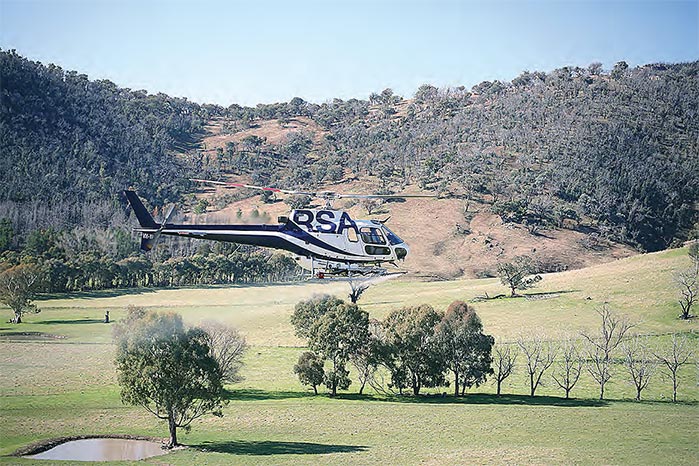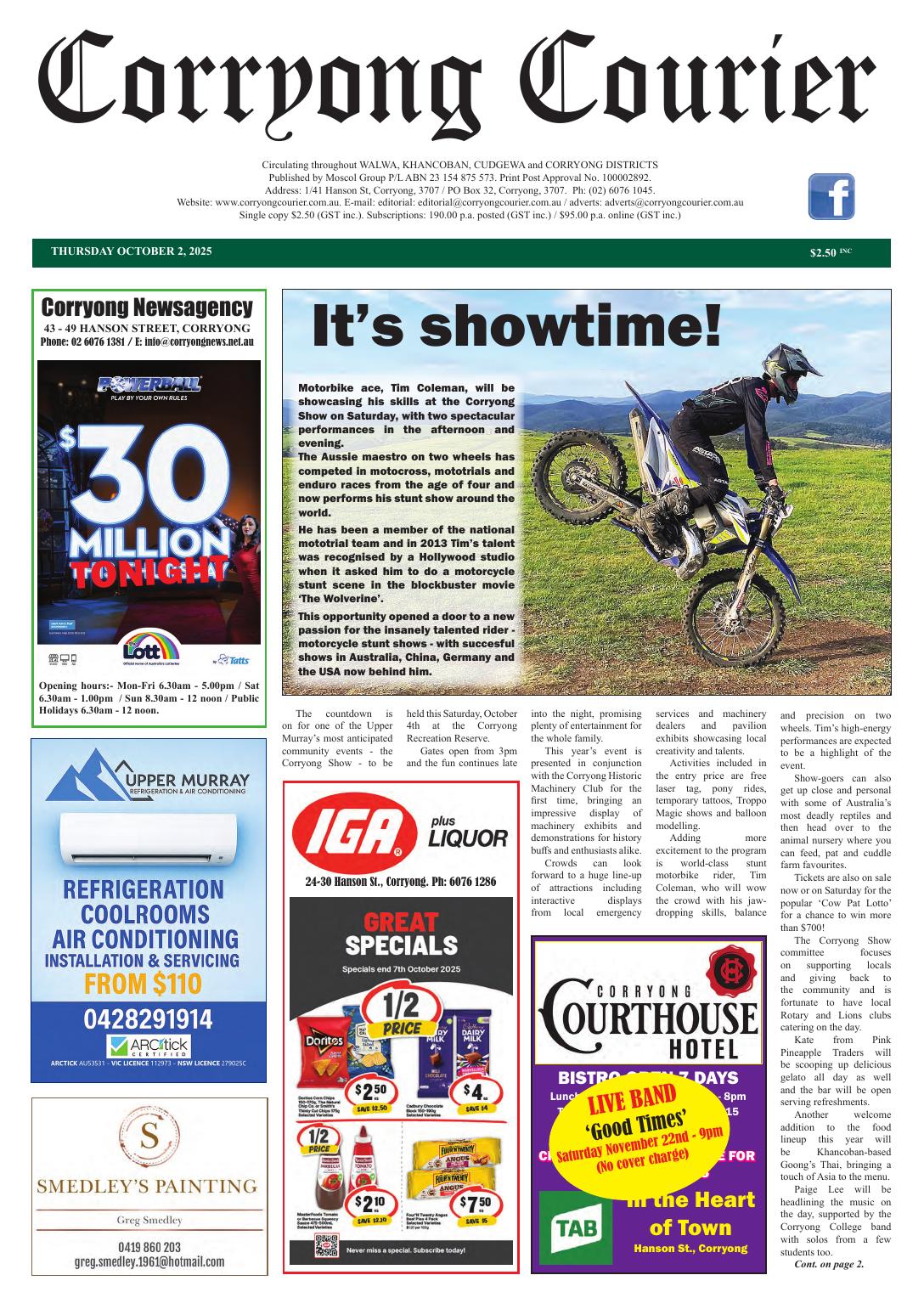A few years ago, Albury-based Rotor Solutions Australia embarked on a side business, the perfect partner to complement its helicopter services – drones.
“It seemed like a good idea, clients were curious and the corporate companies we work for were already using them,” said RSA general manager, Monique Acton-Adams.
“If we can’t beat them, join them was our thinking.
In the process we were told the drone could do so much including precision and the lower costs involved making it more cost effective.
“The reality was, whilst good in theory, it is only sometimes the case.”
At RSA a key business objective, which ensures customer satisfaction from day one, has always been to push above the industry standards and set higher benchmarks. This has only been possible with continual improvement, ongoing training, product development and learning from mistakes.
“Precision aerial application is vital and we know the investment in time and money we have made into the business in our almost 20 years in operation, is what sets us apart from the rest,” Monique added.
“So we then circle back to the drone and what that meant to the business.
“Firstly, we found that the drift and participles produced by the drone is greater than that from the helicopter. Especially, as when tasked on sensitive and high risk jobs, the helicopter utilises nozzles which are proven to produce no drift and no fines.
“Suddenly the idea of using the drone to clean-up around trees and susceptible areas became unrealistic.
“Nothing can beat a pilot in the seat, seeing with their own eyes the hazards, the weeds and the weather. A great pilot feels the weather conditions with the aircraft and corrects their flying for it.
“A drone operator has no idea what the weather is doing up a hill or in the middle of a paddock.
“The next myth we had to bust was productivity and cost efficiency.
“Time equals money as they say and working with the drone is extremely labour intensive. What the helicopter can do in a matter of hours, takes days of physical labour for the drone operator.
“The drone is maxing out at 60-80ha per day on good going thistle spraying at 30lt water per ha. The helicopter can do this in one hour.
“We recently had a customer who has always used the helicopter and wanted to try some areas with the drone. He called after a week of the drone onsite saying it had made very little progress and he wanted it finished asap – “send in the helicopter.”
The cost? The same for the drone as the helicopter per hectare. The benefit? Nothing. The downfall? The time lost having to keep stock in different paddocks.
“Drones have their place in agriculture and its only getting bigger for sure but they are limited to small jobs under 30-40ha; areas in chemical control zones where susceptible crops are more frequent; and jobs which are close to sensitive areas such as houses, schools, towns.
Be mindful the aircraft legal limits apply to a drone for notification of neighbours and the distance limits from dwellings.
“Drones may also be useful for cropping where paddocks are small and in tight proximity to other paddocks and flat paddocks and open areas with no trees.
“The drones have a tendency to hit these!
“In particular, thermal and multi-spectral mapping are areas where the drone shines. From offering high level crop monitoring to ensure targeted control programs can be implemented where required, to use as a fantastic tool for soil assessments, drought planning, erosion management, water source detection, solar farm panel assessments, hot spot identification in bush fires and so much more.
“Multi-spectral mapping is perfect for use in planning, preparation, monitoring and assessment of crops and pasture as well as topography, spot and boom spray mission planning and conducting animal surveys.
“Spray drones do get better each year and an example is the improvement from the DJI T50 compared with the T40 – offering increased lt/min pump flowrate and greater application speed, resulting in more hectares per hour in a broadacre or open pasture scenario,” Monique acknowledged.
“One thing remains at RSA is that no matter what aerial tool is used, a lesser discussed benefit is evident – safety for farmers. Long gone are days where farmers need to be climbing hills on quads or tractors for spraying. “
Both options allow for the hard to reach hills to be accessed in a safe and timely manner.
“The industry has a way to go but if you are a smaller farmer, a small cropping farmer or have a small very specific job, the drone could be perfect for you.
“At RSA we are operating our drones but in partnership with an experienced and qualified operator who works under our banner. Team members are from farming backgrounds and are skilled and practiced with the drone. We wouldn’t let just anyone operate under our name.
“Our teams are still spraying late season broadleaf and are well into spring thistles spraying. We have found many farmers have been caught off guard with how many weeds they have under foot this year.
“So now is the time to start planning for late spring and summer including thistles, blackberry, briars, burrs and more.
“Whether you think the drone or the helicopter might be right for you, we look forward to hearing from you.
“RSA has proudly been the operator of choice in the Upper Murray and surrounds for almost 20 years (wow!) and you can be guaranteed we continue the same passion for excellence today as we did back then,” Monique promised.
This article appeared in the Corryong Courier, 2 October 2025.


